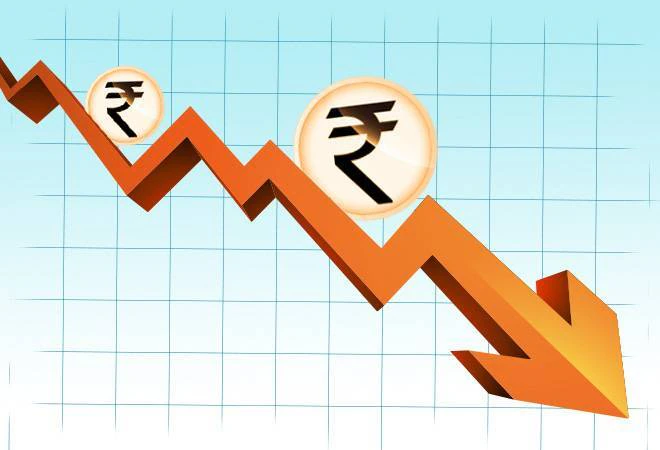Font size:
Print
International Transgender Day of Visibility
Context:
Recently, International Transgender Day of Visibility (March 31) was observed which serves as a global occasion to acknowledge the contributions of transgender persons and reflect on their continued social exclusion.
Current Status of the Transgender Community in India
- Population Estimate: As per the 2011 Census, India had around 4.8 lakh transgender persons; this number is considered underestimated due to stigma and underreporting.
- Literacy Rate: 56.1%, far below the national average of 74.04%.
- Employment: High unemployment rate of 48% (2022 study), compared to the national average of 7–8%.
- Economic and Financial Exclusion:
- 92% of transgender persons excluded from economic activities (NHRC 2018).
- Low access to formal banking despite a 2024 Finance Ministry clarification allowing LGBTQ+ individuals to open joint bank accounts and nominate partners.
Legal Rights Ensured to the Transgender Community
- Transgender Persons (Protection of Rights) Act, 2019:
- Provides legal recognition of transgender identity.
- Ensures protection against discrimination in education, employment, health care, and access to public services.
- Promotes inclusive policies and social welfare schemes.
- National Portal for Transgender Persons:
- Launched to streamline the application process for identity certificates.
- Gaps in Implementation:
- By December 2023, only 15,800 identity certificates were issued out of 24,115 applications.
- Over 3,200 applications pending beyond the 30-day deadline.
- In Delhi, with a transgender population of ~4,200, only 23 identity cards will be issued by April 2022.
- Global Best Practices like self-identification contrast with India’s bureaucratic certification process.
Challenges Faced by the Transgender Community in India
- Legal and Institutional Gaps
-
- The 2019 Act lacks provisions to address:
- Police harassment
- Family rejection
- Social exclusion
- Economic Disempowerment
- Discrimination in hiring and workplace hostility deter entry into the formal workforce.
- Lack of gender-neutral facilities and colleague resistance further isolates transgender employees.
- While companies like Tata Steel have inclusive hiring (100+ transgender employees), industry-wide adoption remains minimal.
- Barriers in Educational Access
-
- High dropout rates due to bullying, harassment, and unsupportive environments.
- In Kerala, 58% transgender persons dropped out of school.
- Literacy rate at 56.1% reflects systemic marginalisation.
Government Schemes and Initiatives
- SMILE Scheme (Support for Marginalised Individuals for Livelihood and Enterprise): Comprehensive welfare measures, including rehabilitation, medical care, and vocational training.
- Ayushman Bharat TG Plus: Provides ₹5 lakh annual health coverage specifically for transgender persons.
- National Portal for Transgender Persons: Simplifies process of obtaining identity documents under the 2019 Act.
- State-level Initiatives:
- Maharashtra: Formation of transgender cells in colleges.
- Kerala: Reserved seats and hostel facilities for transgender students in universities.
- Finance Ministry Clarification (2024): Allows joint bank accounts and partner nominations by LGBTQ+ individuals.
- Healthcare Exclusion
-
- 27% denied health care due to their gender identity (NALSA survey).
- High cost of gender-affirming surgeries (₹2–5 lakh) with limited insurance coverage.
- Despite Ayushman Bharat TG Plus offering ₹5 lakh coverage, access and awareness remain low.
- Mental health support is significantly lacking.
- Shortage of trained medical professionals to cater to transgender-specific needs.
- Societal Discrimination and Stereotyping
-
- The media often reinforces negative stereotypes.
- Prejudices persist in families, schools, and workplaces.
- Lack of positive portrayal of transgender persons in mainstream discourse.
Recommendations for Inclusive Governance and Social Justice
- Legal and Institutional Reforms
-
- Strict enforcement of anti-discrimination laws.
- Simplify certification through self-identification, following global best practices.
- Create dedicated grievance redressal mechanisms for police and institutional abuse.
- Create independent Transgender Welfare Boards at national and state levels as recommended by the National Human Rights Commission (NHRC).
- Educational Inclusion
- Introduce gender-sensitive curricula and comprehensive sexuality education in line with UNESCO’s International Technical Guidance on Sexuality Education.
- Introduce gender-sensitive curricula.
- Provide inclusive learning environments.
- Offer financial aid, scholarships, and vocational training.
- Healthcare Reforms
- Mandatory training for medical staff on transgender health issues.
- Include gender-affirming procedures in all public and private insurance schemes.
- Establish transgender health clinics in urban and rural areas.
- Expand mental health services tailored for transgender needs.
- Economic Empowerment
-
- Promote inclusive hiring practices across sectors.(Example: Tata Steel’s transgender hiring initiative and KPMG India’s inclusive workplace policy.)
- Launch diversity hiring initiatives and gender-neutral HR policies.
- Facilitate government-backed loans, credit access, and financial literacy programmes.
- Support transgender entrepreneurship through skill-building and business incubation.
- Societal Transformation
-
- Implement gender sensitisation campaigns in:
- Schools and colleges
- Government offices
- Workplaces and communities
- Encourage positive media representation through regulatory and incentive mechanisms.
- Strengthen community engagement and family-level counselling to reduce stigma.
- Implement gender sensitisation campaigns in:
- Collaborative Approach
- Foster partnerships among:
-
- Government agencies
- Private sector
- Educational and health institutions
- Civil society and advocacy groups


